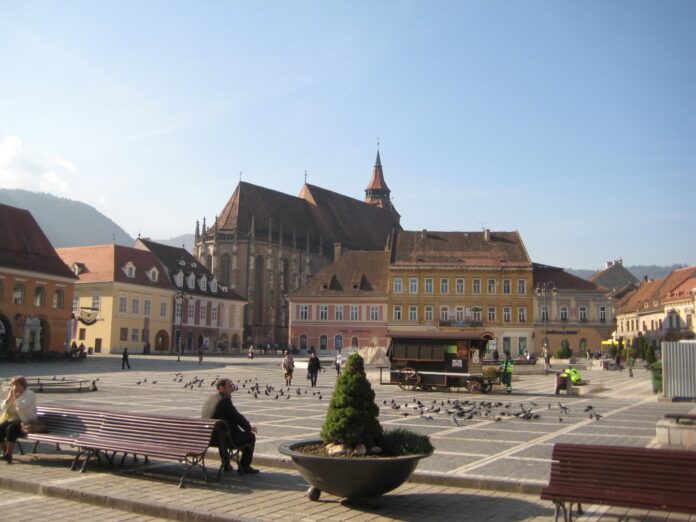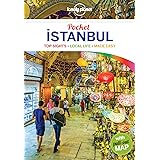© Photos and Text by Okay Deprem http://www.northtravel.org/

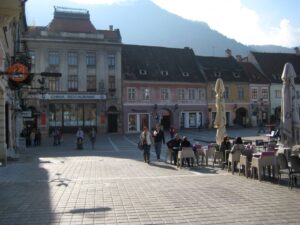
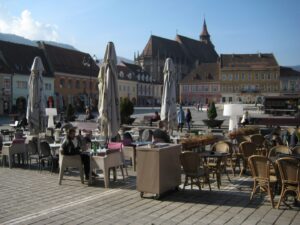


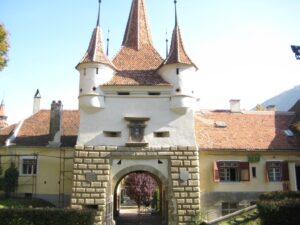
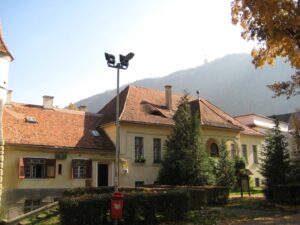
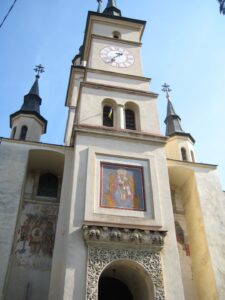
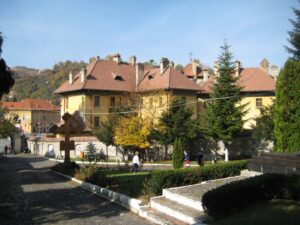
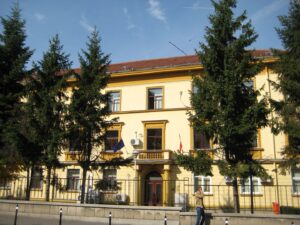
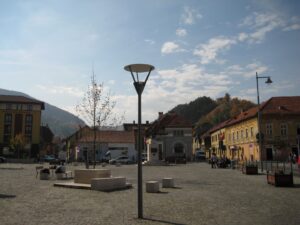
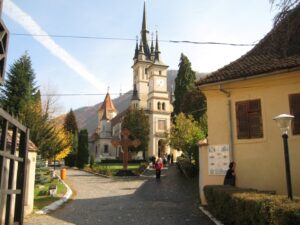

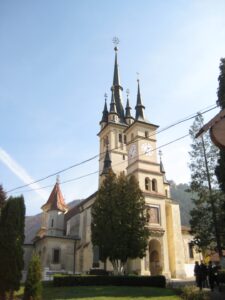
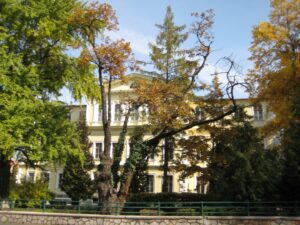


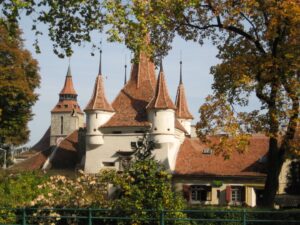
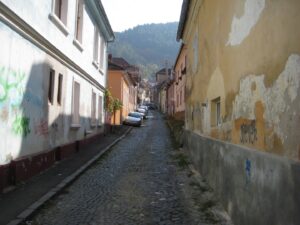
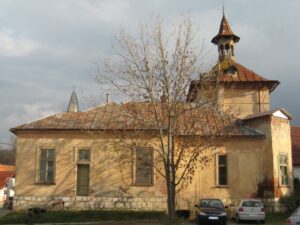
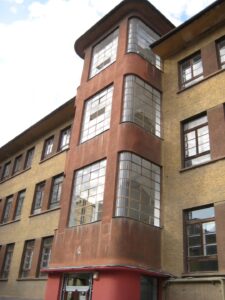


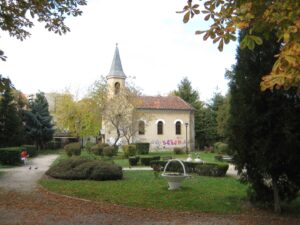

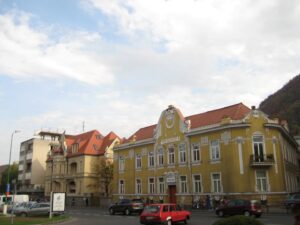
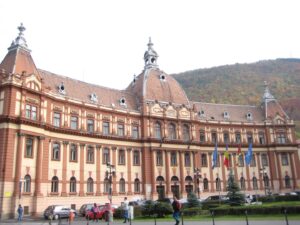
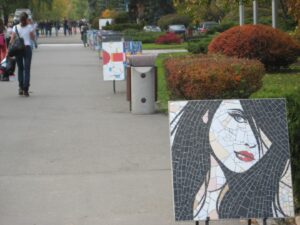
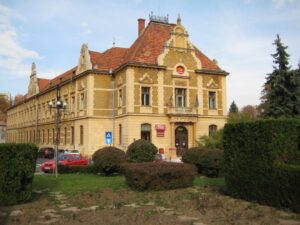
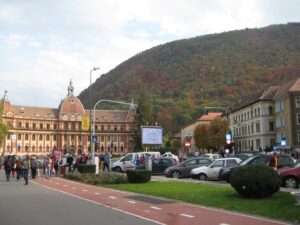
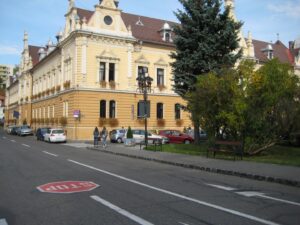
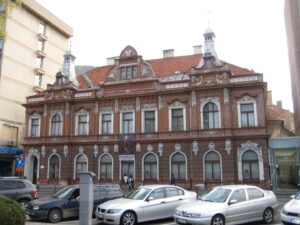
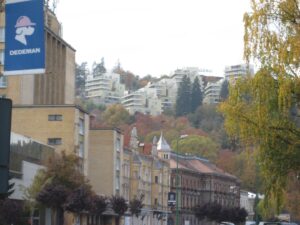
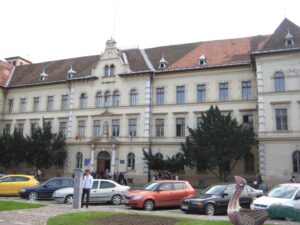
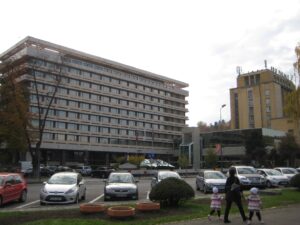
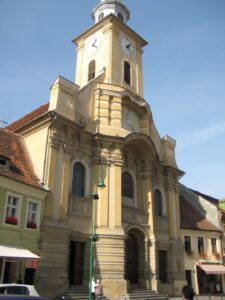

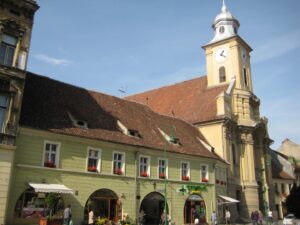
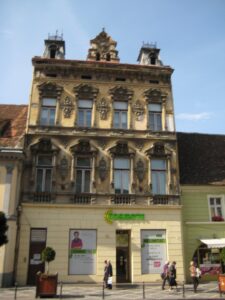





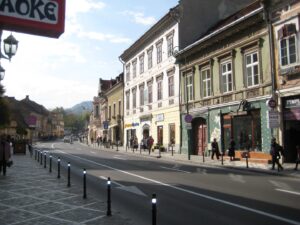
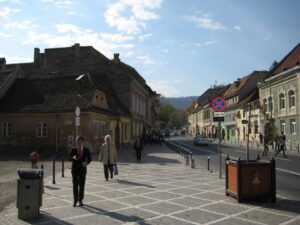
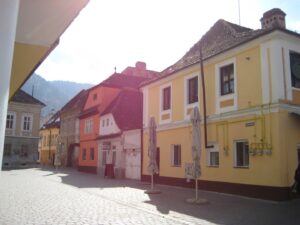

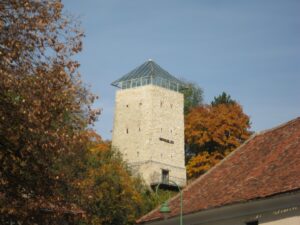


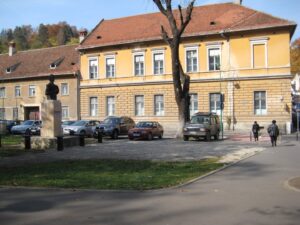
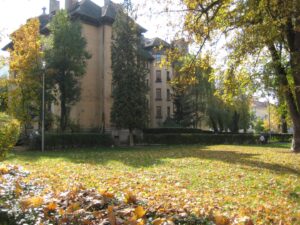
The Romanian city of Braşov had made its name only as a popular ski resort in Turkey since the early 1990s. While Bulgaria’s reputation in this respect was not yet evident, a considerable number of those who went on a ski holiday from Turkey to the Romanian Carpathian Mountains, which surround one side of Braşov, which is a cute city in the middle of Romania, like a crescent, have already visited. As a matter of fact, Romania was also popular in terms of “entertainment-gambling” holidays in those years. After Romania started to recover more or less from the economic and social destruction it experienced in the 90s, thanks to the support of UNESCO and EU funds; began to restore and overhaul historical monuments and ruins. At the end of this feverish process, Braşov was one of the cities that gave the first fruit and bloomed like a flower. Now BrasovIt was already a candidate to be among the new and favorite cultural cities of not only Romania or Eastern Europe, but all of Europe…
A city in the middle of nature’s visual feast
On a warm autumn day, I am on my way to Braşov, which falls in the southeast of Transylvania, the historical region of Romanian lands. This year, as a result of both the late arrival of autumn and the mild weather for now, the forest cover on the hills that surrounds almost all sides of the city hosts an unusually colorful riot of colors. From red to brown tones, yellow and of course every variety of green, I really don’t see autumn in any country as majestic and impressive as in Romania. Almost all of the major cities in Romania have a population of several hundred thousand, except for the capital city of Bucharest, which has a population of over 2 million. Its population, together with the sum of the suburbs and the provincial area, is only 370.One of the most important features of Braşov, which has a population of 000, was that almost half of its population was composed of Saxon Germans during the “Holy Roman Germanic Empire – German Nation” period. Therefore, it also bears the name “Kronstadt”, which means “Crown-city” in German. The etymological origin of the city in both Turkish and Hungarian languages is the Turkic word “Barasu” meaning “White Water”. In the socialist period between 1950 and 60’s, this time Braşov’s name will be “Stalin City”.In the socialist period between 1950 and 60’s, this time Braşov’s name will be “Stalin City”.In the socialist period between 1950 and 60’s, this time Braşov’s name will be “Stalin City”.
From Dacia to Romanian name
The name “Romania” means “Roman country”, “Land of the Romans”, as would be expected. The previous archaic name of the country was Dacia. For this reason, the country’s only national automobile brand has been named by this name for a long time. The history of the city of Braşov and its environs, of course, goes back to the Dacians, an archaic civilization. When it comes to the Middle Ages, the face of the region will begin to change with the help of German colonists known as “Transylvanian Saxons”. At the beginning of the second millennium, precisely in the 12th century, a significant part of today’s Romanian lands belonged to the then great and imposing Hungarian Kingdom. Already at that time, the Germans, who were at a more advanced stage of civilization in craft, agriculture and urbanism compared to the Slavic peoples of Eastern Europe and Russia, were a favorite of eastern kings and princes. With the same motivation, the Hungarian king II.Geza;German masters and craftsmen from the Rhineland , Flanders, Moselle , Thuringia, Bavaria, Wallonia and even France; invites them to build cities, exploit mines, and cultivate land.
The changing fate of the city with the German Saxons
The fashion for employing skilled Germans goes back to the 13th century when King Andrew II gave the Teutonic Knights the mission of guarding the borders of the Hungarian Kingdom. In the place of Braşov, which was only a village at that time, German knights founded Kronstadt. Although the crusaders among them were evacuated over time, the local people they brought with them settled in the region and formed the large German population to be formed in the future. The cores of the German-Austrian building aesthetics, which still constitute the exquisite architectural character of the historical core of the city, started to give Braşov its color in those times. As in all typical medieval cities, Kronstadt is started to be surrounded by big and thick walls and different types of bastions and towers are erected on them at certain distances.Again, according to medieval traditions, another commercial box would undertake the financing of each fortification tower or tower. In the historical city, where the “Yekaterina” and “Shei” gates are still standing today, by the mid-1800s, 40% of the population consisted of Romanians, 40% of them Germans, and a considerable part of the remaining 20% was Hungarians. Until World War I, a substantial part of today’s Romanian lands, including Braşov, were German princes subject to the Holy Roman Empire; It was ruled by counts and barons.A substantial part of today’s Romanian lands, including Braşov, until World War II were German princes subject to the Holy Roman Empire; It was ruled by counts and barons.A substantial part of today’s Romanian lands, including Braşov, until World War II were German princes subject to the Holy Roman Empire; It was ruled by counts and barons.
Braşov after the war to the present
As the establishment process of the modern Romanian nation-state began in the post-World War I period, Transylvania Province, including Braşov, decided to join Romania with the support of the Saxons. However, after the Second World War, as some ethnic Germans migrated to West Germany and a significant proportion were taken as hostages of war by the Soviet Union, the demographic character and social face of the city would change forever. The number of the Jewish community, whose number was up to 4000 at the beginning of the 20th century, will decrease to 230 as a result of the migration of those who remained after the Nicolae Ceausescu Regime to Israel. The ethnological richness, which gives its color to the cultural richness and intellectual development in Eastern Europe, becomes history in Braşov as it did everywhere after the Second World War.The city will be shaken in 1987 by a wave of right-wing strikes aimed at overthrowing the Ceausescu regime, just as it was staged in Poland.
Nice synthesis of different architectural styles
The architectural and urban transition between the historical urban core, where the medieval architectural texture of European cities has permeated, and the modern urban suburbs is often intricate. In many large and small cities of Germany, the districts where Neu-Stadt (New city) connects to Alt-Stadt (Old city) date from the end of the 19th century and the beginning of the 20th century, and in this respect, they have gained a historical character in the intervening time period. as; Also in Brasso (Hungarian for the city’s name), the distinction is hardly felt when passing from the suburbs of the city to the old city. While the colorfully whitewashed multi-storey neo-classical adjoining buildings from the end of the 19th century are often accompanied by treeless and narrow pavement strips; In between, the extraordinary type of buildings of the Bau-Haus and Art Niveau contemporary architecture school that spread from Germany and France of the 1920s and 30s to Europe stand out.While there are almost no high-rise buildings around and in the city itself, when looking from the city towards the famous Poiana Ski Resort, the exact copy of the famous Hollywood sign in Beverly Hills was written for Braşov.
While touring the historical city step by step
As we come to Eroiler Boulevard and start our historical city tour, on a sunny autumn day, we begin to learn about the interesting features and details of the fundamental buildings, squares and streets of the city, which is extremely quiet and a cultural monument. You can reach the Council Square, which is the main area of the city, via Cumhuriyet Street. As in all historical medieval cities, the German name of this place was once the shops and stalls of the craftsmen’s lodges; “Marktplatz”, that is, the Market Square, because itinerant traders have opened their stands here. In the middle of it stands the historic towered city council building, after which the Romanian square is named. As in most of the medieval squares, criminals were executed en masse here, and witch burning ceremonies were also held in this place. The square is surrounded by the vibrant colors of a birthday cake.It consists of 2-3 storey high, wide and windowed roof houses typical of European architecture in the new and recent eras. Just beyond the area rises the “Black Church”, one of the largest and most important Lutheran temples in Braşov, as well as Romania, and the city’s oldest gothic monument. The cathedral was converted into a Protestant church, as were the numerous Catholic churches that were converted during the Reformation in Europe. The reason why the cathedral, which was partially rebuilt and repaired by the Hungarian Matthias Cornivus, who carried the Renaissance from Italy to the lands of Central Europe for the first time and therefore the “Philosopher King”, was called black, is because the city was called black during the Great Turkish Wars at the end of the 17th century. It was badly damaged in the fire caused by the Habsburg troops. A little further on, the German “Faden gasse”,We arrive in front of the narrow passage known as one of the narrowest streets in Europe, which is called “Strata Sförii” in Romanian. The width of the 80-meter-long authentic street, known to have existed since the 17th century, is only 111 to 135 cm. varies between…
St. Nicholas Church and the first school in Romanian history
Romania is the only country in Eastern Europe whose language is non-Slavic but whose religion is Roman Orthodox. Naturally, a flamboyant Roman-Orthodox church awaits us in Braşov. The structure of the Church of St. Nicholas is very similar to the wooden church architecture that is often seen in Maramureş, the exotic region of the Romanian country in the north close to the Ukrainian border. Indeed, the history of this exquisite structure, resembling a basilica plan, with its roof resembling the pointed and curved towers of Walt Disney’s fairy-tale castle and the upper part of the bell tower, dates back to the end of the 13th century. A very special building greets us right across the Christian temple, which was first built in Gothic style in accordance with the main architectural tradition of the period, but later gained a completely different face with the additions in Baroque form. two storey,This building with a light yellow color and red roof is the first school in Romanian history. As it is known, the first schools and even universities in Europe developed within and around churches and monasteries. This institution, which provided the first regular and formal education in Romania and of course Transylvania, was founded almost at the same time as the church, and a printing house was created to print the first Gospel in Romanian. Being literate and educated in those times was a chance and opportunity for thousands or even tens of thousands of people. For this reason, each village of Transylvania sent a child to the school in Kronstadt (not to be confused with the name of the famous cruiser of the sailors who participated in the October Revolution) to cover the education cost of its own child, and expected them to share what they had learned with the villagers when they returned.The number of students attending the school for centuries was limited to only 1730.
“This article was published in the monthly journal ‘Hayat Dergi’.”

